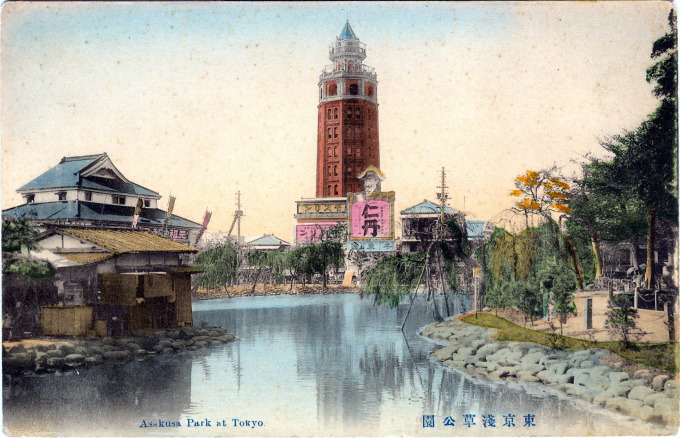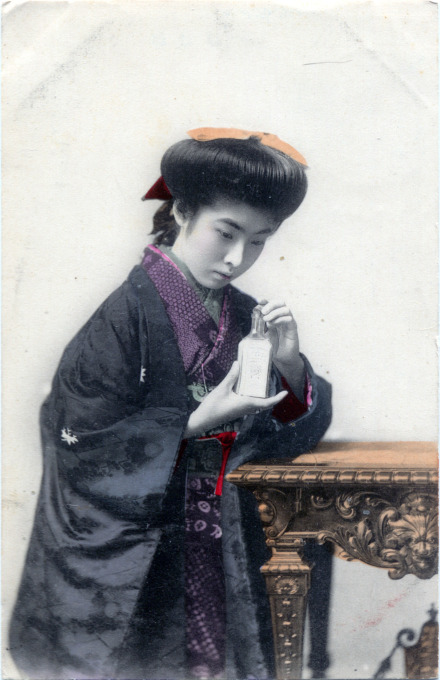“[Jintan’s] Japanese founder, Morishita Hiroshi, had an eye on China even before he began to produce ‘Humane Elixir’ at Osaka in 1893.
“Throughout his life, he had been interested in Chinese medicine (kanpo, in Japanese), and while serving with the Japanese army in Taiwan at the turn of the century, he had conceived the idea of making ‘Humane Elixir’. After consulting a Japanese Sinologist and a Japanese journalist specializing in China, he chose for the product a name – Jintan – that was probably borrowed in part from the Tongren Tang [同仁堂], a Chinese pharmaceutical company founded in 1669.
“The first character in Japan, ‘humane’ (仁, pronounced jin in Japanese and ren in Chinese), was the same as the second character in Tongren Tang. The second character in the Japanese product’s name, ‘elixir’ (丹), was the term long used to described Daoist potions and other traditional Chinese tonics.
“By 1910 it was already the number one advertiser in Japan and had its sights set on the same goal in China. While sending its message through a wide range of media – newspaper, magazines, billboards, posters, handbills, calendars, parades – Humane Elixir’s management focused attention sharply on a single image: its trademark.”
– Chinese Medicine Men: Consumer Culture in China and Southeast Asia, Sherman Cochran, 2006

Ryounkaku at Asakusa Park, Tokyo, c. 1910. Looking across the Gourd Pond.
The signboard advertises ‘Jintan’ (Humane Elixir) tonic.


